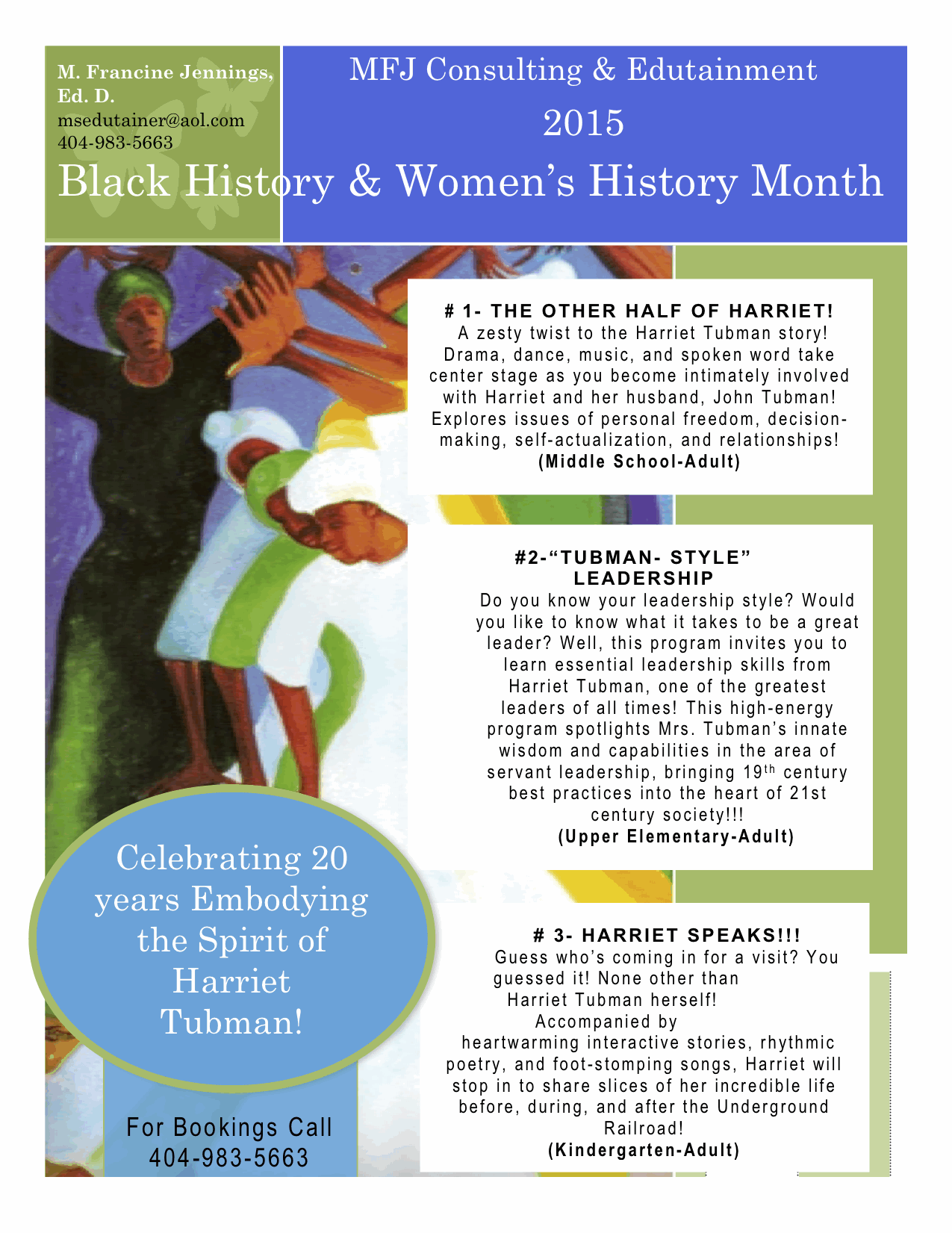Arts Integration, Common Core, and The 3 C's
Common Core is here, and probably won't be going away for a while. As a arts integration specialist, I shared a burst of jubilation with a number of my colleagues upon discovering the emphasis Common Core has on critical thinking, collaboration, and communication ( I call these the 3 C's) ! One will be hard pressed to find a book or article on the topics of arts integration, arts infusion, or arts in education that does not emphasize the 3 C's. Think about this creative movement activity, meaning that the body is used to solve a problem or explore a concept. Let's say we ask students to partner up and figure out a bodily way to show an acute angle. Then we ask others in the class to estimate the number of degrees in the angle. Of course, before students can produce an end product, they must go through a process, and here it is:
1) Students must first clarify the definition of an acute angle? What are the parameters? What does it look like? How does it compare to other kinds of angles? Is it big or small? Is there anything around us that represents an acute angle? Since others must predict the number of degrees, how many degrees do we want to represent? Critical thinking takes the spotlight in this part of the process as students begin to clarify, question, analyze, and draw conclusions; however, none of this can materialize without collaboration and communication.
2) Once a conclusion is drawn around the definition of an acute angle, students must begin to explore and negotiate what to do with their bodies. What body parts are we comfortable using? Do we want to use small or large body parts? Do we have enough space to produce our product? Are we flexible enough to do what we are suggesting? Will this bodily depiction be accurate enough? Again, students are engaged in high levels of critical thinking, as well as practice, but now most of the focus is directed toward bodily interpretations. Again, collaboration and communication function as integral components of the process.
3) Now it's time to present the finished product for others to analyze which enables additional students to offer guesses and estimations. Of course, the two students creating the product and maybe the instructor may be the only ones who can confirm the answers. More critical thinking!
4) Once the activity is over, the instructor might ask the following questions:
What did you think of this activity?
What helped you to complete the activity?
What was it like to use your body?
Talk about working with your partner.
What do you remember most about angles from this activity?
As you can see, the critical thinking never stops, and it is only toward the end that students begin to think more independently as they answer reflective questions. So, Mr. and Mrs. Common Core, I think the arts more than qualify to be a part of your "modern family" for delivering content. We've got critical thinking, collaboration, communication and much more!!!






